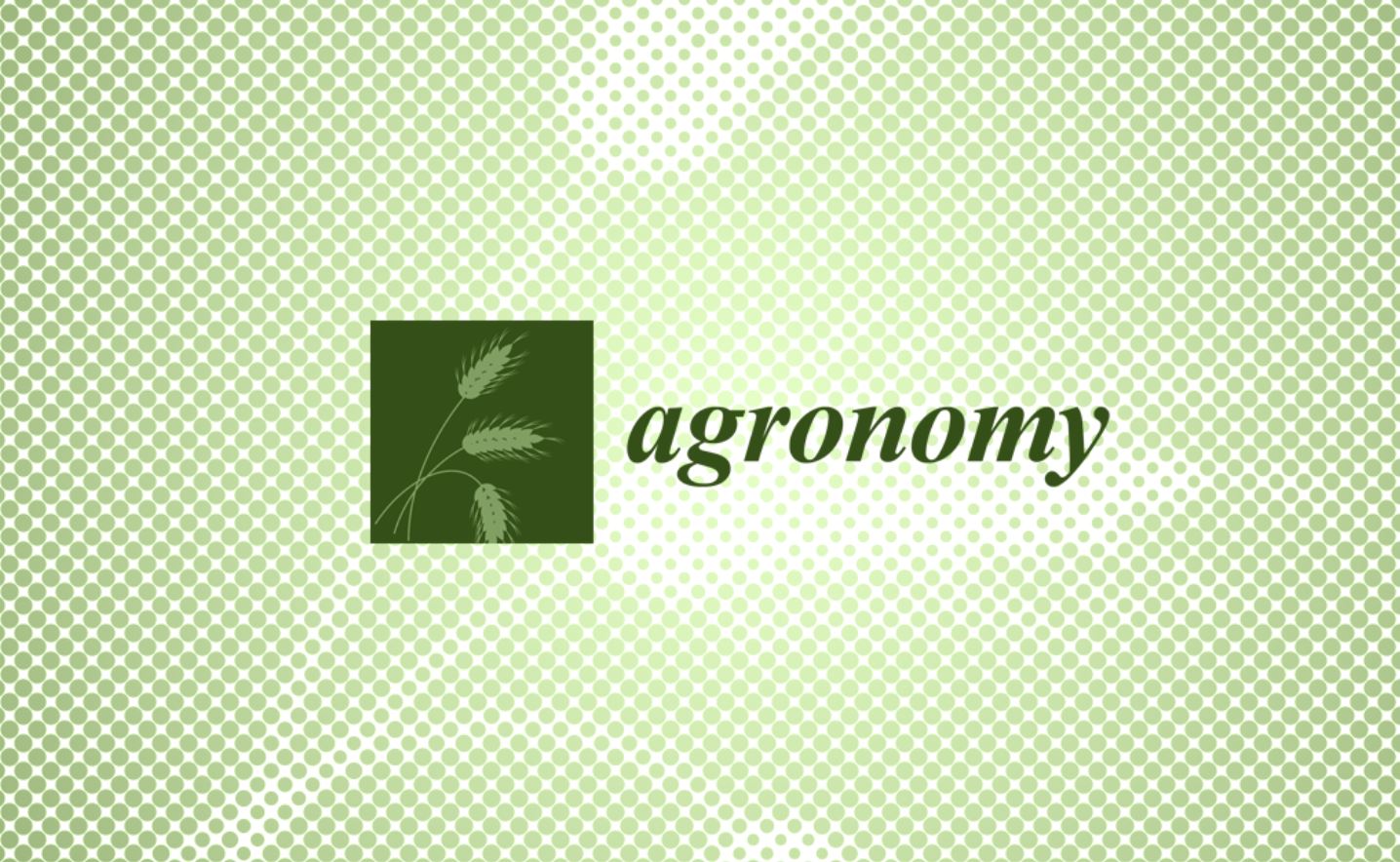Abstract
Most medicinal cannabis cultivars are short-day plant requiring a short photoperiod to induce flowering. This limits the light and consequently photosynthesis, and growth. In short-day chrysanthemum, extending a short photoperiod with blue light for a whole generative phase did not inhibit flowering, and it also increased the number of flowers. However, this strategy was found to impair the flowering of cannabis. The aim of this study is to explore whether it is possible to increase inflorescence yield of medicinal cannabis by extended photoperiod when flowers have been initiated. We conducted a series of experiments in a climate-controlled chamber to test several scenarios of extending the photoperiod from 12 (short-day) to 18 h (long-day). When the 12-h short-day was extended to 18-h long-day by adding 6 h of blue light at 250 μmol m−2s−1 for 6 and 4 weeks, from 2 or 4 weeks after start of short-day respectively, the plants reversed back to vegetative growth by producing leaves on top of inflorescences while maturity of flowers was delayed. Interestingly, the plants exposed to the extended photoperiod by blue for the last 2 weeks, from 6 weeks after they had first been grown under short-day, showed comparable development, inflorescence yield, and cannabinoid content to the plants under continuous short-day. Subsequently, the photoperiod was extended for the last 2 weeks by 250 μmol m−2s−1 of red, blue or white light. Inflorescence yield and cannabinoid content were not different among light spectra. The increase in light from the extended photoperiod treatment may have been limited by low light intensity at 250 μmol m−2s−1. Therefore, in the last experiments, the photoperiod was extended for the last 2 weeks with a constant light intensity of either 600 or 800 μmol m−2s−1 of white light. Inflorescence yield increased with the extended photoperiod for the last 2 weeks, although a significant increase was found only at the light intensity of 600 μmol m−2s−1. Concentrations of cannabinoids in inflorescence declined by extending the photoperiod but not when the extended photoperiod was only the last two weeks. These findings suggest the potential to increase inflorescence yield without negative effect on cannabinoids by extending the photoperiod, but it appears effective only during the last 2 weeks before harvest and with a substantial increase in amount of light.



